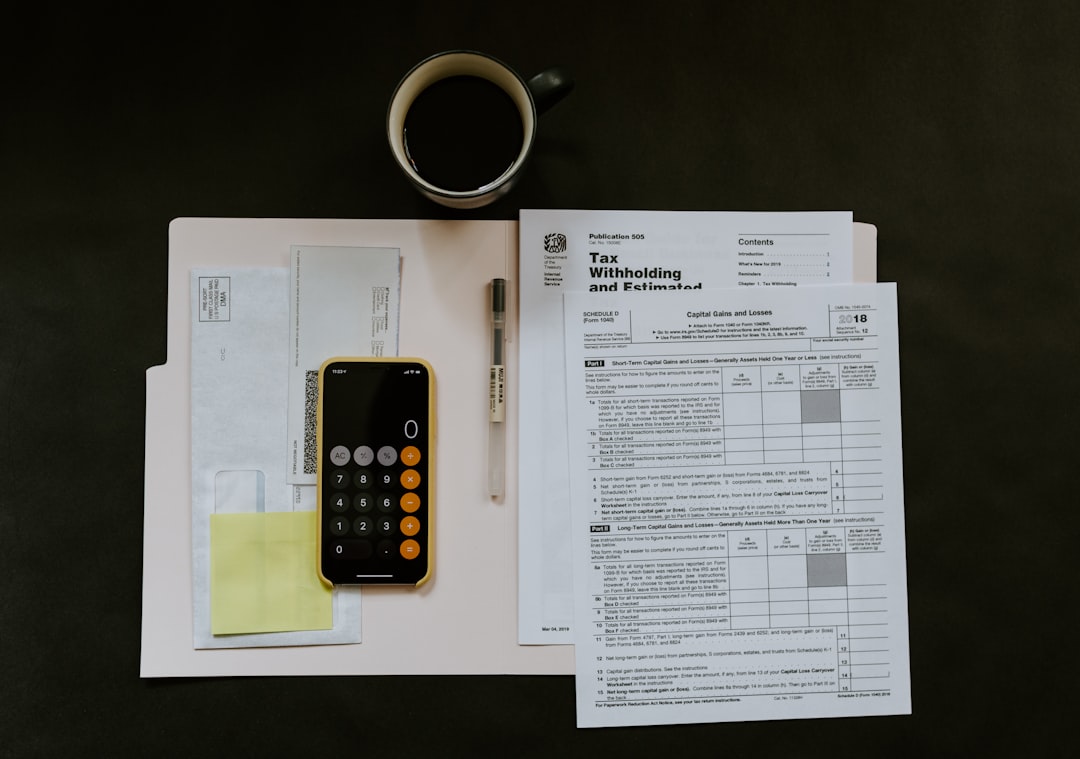The process of developing and manufacturing biomedical devices is highly regulated to ensure their safety and effectiveness. One of the integral parts of regulatory compliance is biomedical device testing. Testing is carried out to ensure that the device will work as intended and will not cause any harm to patients.
Testing is a crucial part of the development process of any biomedical device. Testing begins at the component level and continues through the final product. After the final product is manufactured, the device undergoes various levels of testing before it can be approved for public use.
The testing process of biomedical devices is rigorous and time-consuming. It involves testing the device’s functionality, reliability, and safety. Functional testing is carried out to ensure that the device works as intended under different conditions. Reliability testing is conducted to ensure that the device will continue to function at peak performance for its intended lifespan. Finally, safety testing is conducted to ensure that the device does not pose any significant risks to patients.
Biomedical device testing is carried out in both in vitro and in vivo environments. In vitro testing involves testing using samples of tissues or fluids that are obtained outside of the body. In vivo testing involves testing the device on living organisms. Both methods are essential in evaluating a device’s safety and efficacy.
In vitro testing involves exposing the device to fluids, cells, or tissues in a laboratory environment. This type of testing is useful in determining how the device interacts with different tissues or fluids. It is also used in the evaluation of biomaterials, such as artificial joints or implantable devices. In vitro testing allows researchers to test and collect data without causing harm to living organisms.
In vivo testing involves testing the device on living organisms. This type of testing is useful in evaluating the efficacy of the device. In vivo testing involves animal studies and human clinical trials. Animal studies are necessary to evaluate the feasibility of the device, as well as its safety and efficacy. Human clinical trials are conducted to test the safety and efficacy of the device on human subjects.
Clinical trials involve four phases. Phase I is designed to determine the device’s safety and efficacy. Phase II is used to evaluate the device’s efficacy and optimal dosage. Phase III involves the testing of the device on a larger group of people to evaluate its efficacy, safety, and side effects. Finally, phase IV involves the testing of the device after it has been approved for public use.
Biomedical devices are regulated by the Food and Drug Administration FDA in the United States. The FDA ensures that biomedical devices undergo rigorous testing before they can be approved for public use. The FDA also monitors these devices once they are approved to ensure their continued safety and efficacy.
The development and testing of biomedical devices are costly and time-consuming. It can take several years of testing and research before a device is approved for public use. However, thorough testing is essential to ensure that the device is safe and effective for its intended use.
Biomedical device testing is a crucial aspect of the development and manufacturing process of biomedical devices. Testing ensures that the device is safe and effective and meets the regulatory requirements set by the FDA. The testing process involves various levels of testing, including in vitro and in vivo testing, to ensure that the device works as intended and does not pose any significant risks to patients. While testing may be time-consuming and costly, it is necessary to ensure the safety and effectiveness of these devices.








